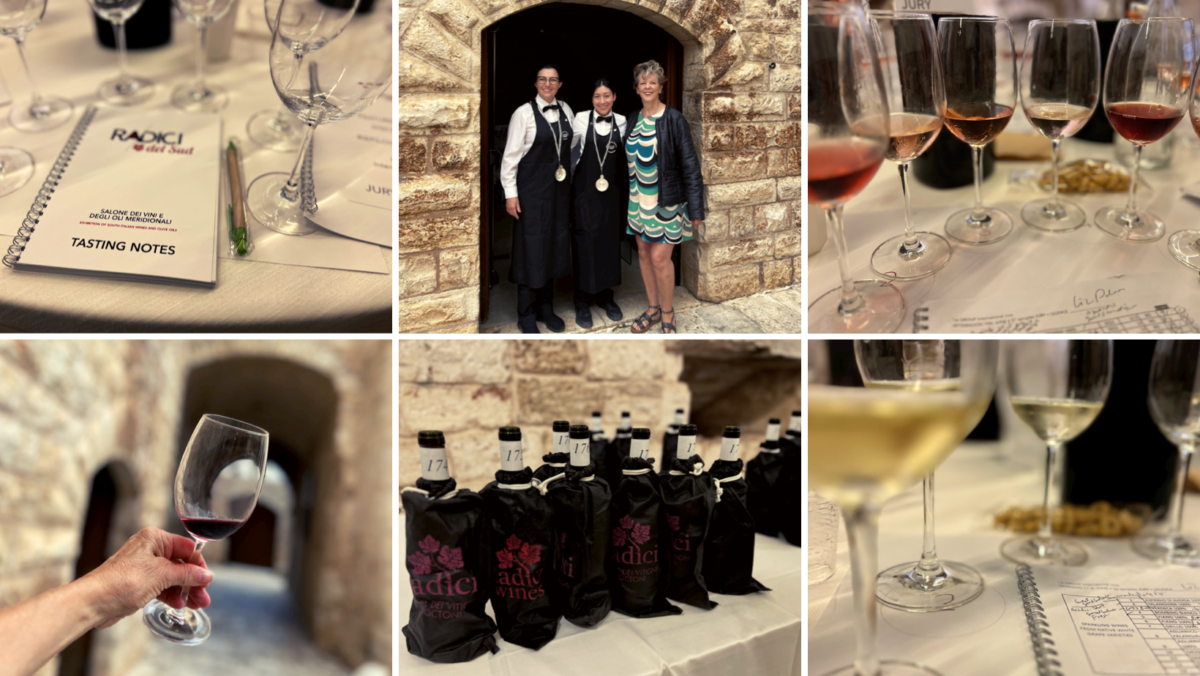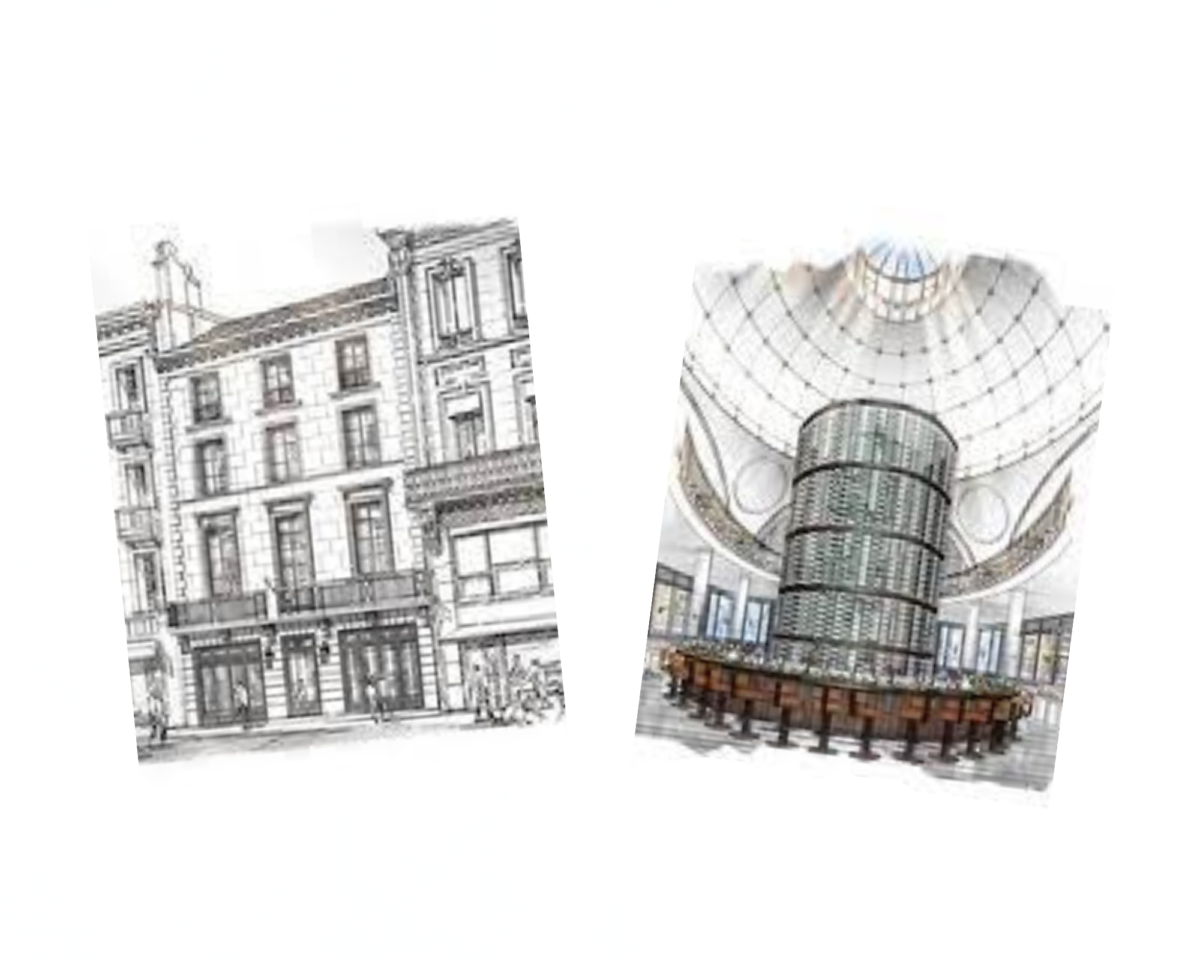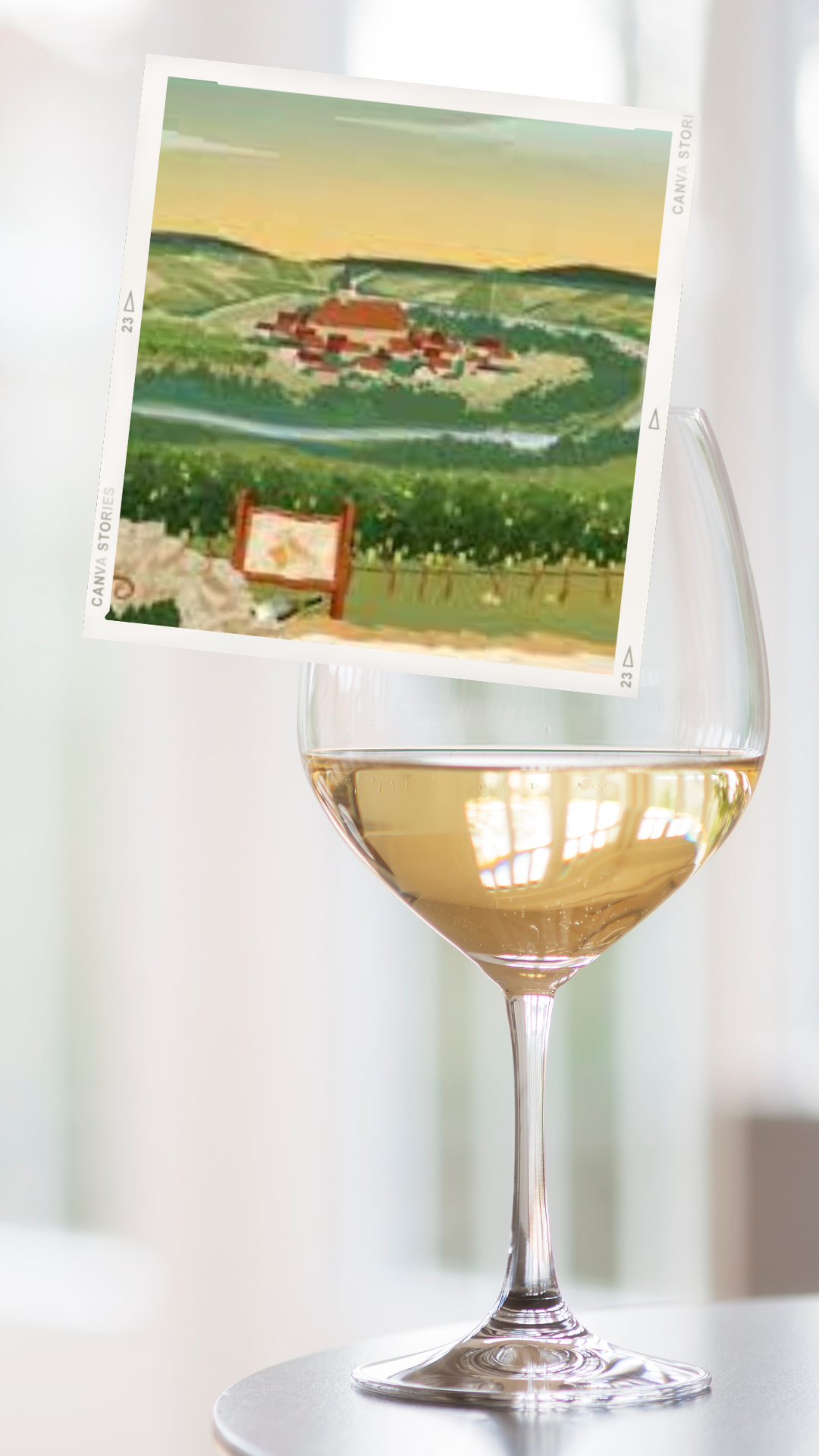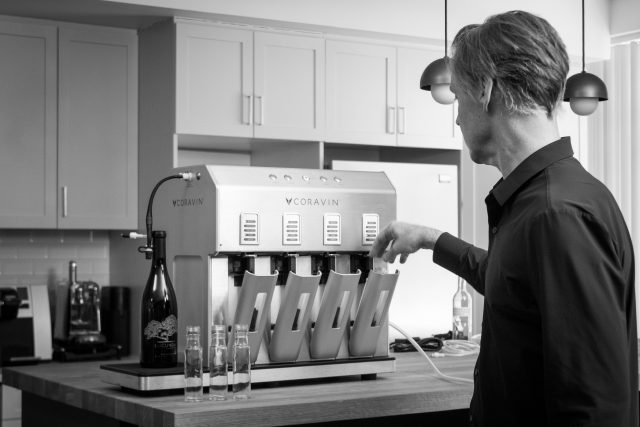Radici del Sud 2023
I was part of the International Jury – Group 1, which was chaired by Luca Matarazzo (20italie.com), and includes Anais Cancino (Wineteller, Mexico), Liz Palmer (wine journalist, author and influencer, Canada), Torge Thies (TRCT MEDIEN GmbH, Germany), and Anthony Rose (Decanter, freelance wine journalist and author, UK).
Our group just finished two intense days of blind tasting sparkling, rose, white and red wines of southern Italy at the beautiful medieval castle Sannicandro di Bari. I’m happy to report that there were a lot of exciting wines this year.
Radici Del Sud is a two-day multi-event dedicated to wines in southern Italy which includes the wine competition, and B2B meetings between buyers and international importers [10-11 June].
Part II to follow






